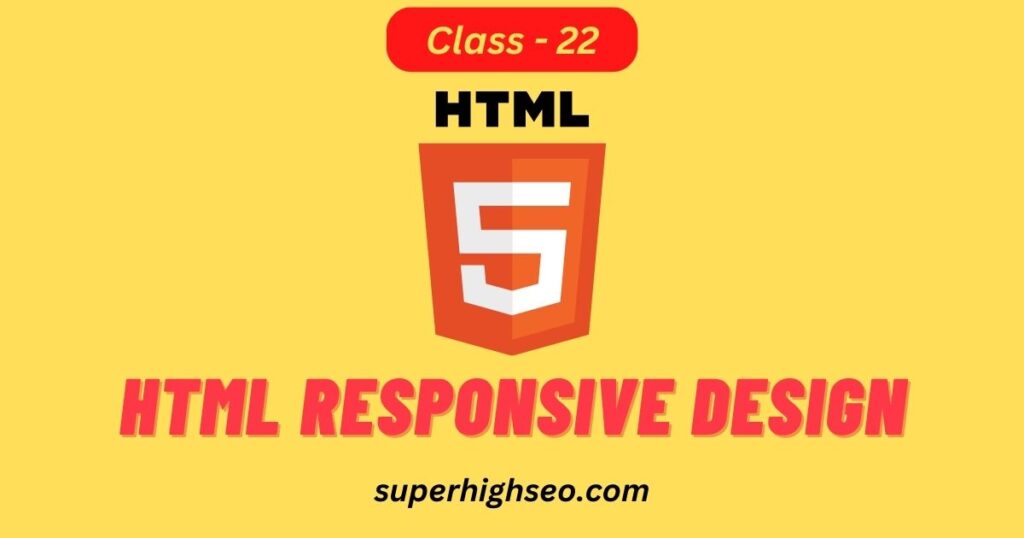
HTML responsive design refers to the design of a website that adjusts itself to fit different screen sizes and devices. In other words, a responsive design ensures that a website’s content is displayed optimally, regardless of whether it is viewed on a desktop, tablet, or smartphone.
To create a responsive design, CSS media queries are used to determine the screen size of the device accessing the website, and the styles and layout of the content are adjusted accordingly. The CSS media query sets specific rules for different devices and screen sizes, such as reducing the font size or changing the number of columns in a layout when the screen size is smaller.
Here is a simple example of a CSS media query:
@media only screen and (max-width: 600px) {
body {
font-size: 14px;
}
.container {
width: 90%;
}
}
In this example, the media query specifies that if the device’s screen size is less than 600 pixels, the font size of the body text will be set to 14px, and the width of the container element will be set to 90% of the screen size.
Responsive design is essential because it provides a better user experience for visitors to your website, as it ensures that the content is easy to read and navigate on any device. With the growing use of mobile devices to access the internet, responsive design has become an essential aspect of modern web design.
